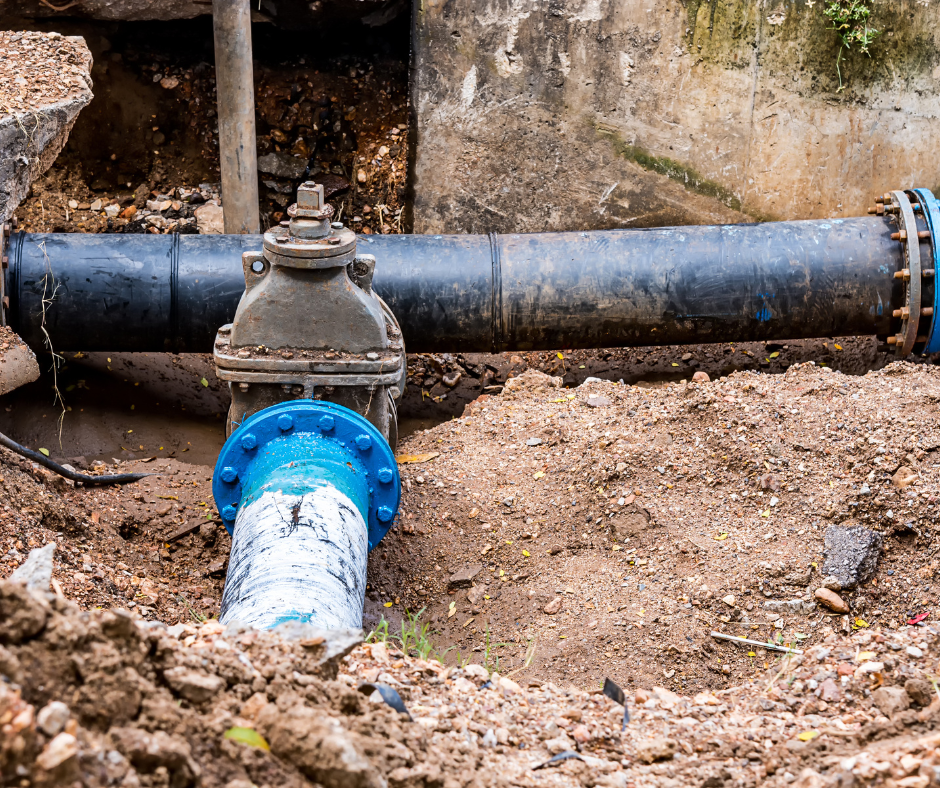RACINE, Wis. – Crews have begun replacing lead pipe service lines on several Racine streets this year, part of a $5 million project that marks the city’s largest effort yet to remove aging pipes linked to public health risks.
The initiative is not new. Last year, the city removed about 350 lead pipe service lines as part of the same program. The 2025 phase, backed by federal funding and administered through the Wisconsin Department of Natural Resources via the Safe Drinking Water Loan Program, represents the largest single investment so far. The move demonstrates momentum from 2024, as Racine accelerates toward the federal mandate to eliminate all lead pipes nationwide by 2037.
“Particular attention is given to older homes in low-income neighborhoods, where residents may be at higher risk of lead exposure and have fewer resources to address it independently,” said Anjuman A. Islam, Ph.D., Executive Director of the Racine Water Utility.
The Water Utility estimates that roughly 10,500 lead service lines remain in use across the city. Nearly 4,000 have been replaced over the past several years, and completing the job is expected to cost about $105 million.
“Success will be measured not only by the number of lead service lines replaced, but also by how effectively we reach and serve historically underserved neighborhoods,” said Dr. Islam.
Latino and low-income households have been central to the city’s outreach, with notices sent in English and Spanish and bilingual staff available to coordinate schedules.
Officials emphasize that participation is free for eligible homeowners, and typically covers both the public and private portions of the pipe. Community groups have also played a role in ensuring residents understand how the program works and that their neighborhoods are not left behind.
The stakes are high. There is no safe level of lead in the body, and exposure in early childhood can cause developmental delays, behavioral problems and lifelong health complications. Children under six are especially vulnerable because of their size and developing brains.
In 2024, Wisconsin reported 4,677 children in that age group tested positive with elevated blood lead levels. Public health experts say that number understates the true scale of exposure, since many children are never tested.
Brian Weaver, the state’s lead policy adviser, said the work underway in Racine is an example of what federal investment makes possible.
“It’s a critical source of funding,” he said. “I hope, one day, we’ll have more state investment in these programs, so it’s balanced, that we have state dollars to continue supporting these efforts. Fixing these types of lead hazards is not cheap, and it often impacts communities with lower socioeconomic status.”
Still, Weaver adds that funding remains the biggest obstacle.
“Funding is really critical to ensure that we fix those hazards and that they no longer poison children in that property,” he said. “There’s just a lack of funding to actually go out and fix all the lead hazards in our environment, unfortunately.”
Weaver and other public health experts stress that public awareness is as important as funding. Families are encouraged to test children, check older homes for risks, and follow safe renovation practices, according to the Centers for Disease Control and Prevention (CDC).
The push in Racine reflects a broader statewide challenge. Wisconsin received more than $83 million this spring from the Environmental Protection Agency to target high-risk communities, and Gov. Tony Evers has proposed $300 million in the next state budget for lead abatement.
For families in south-side neighborhoods, about 14.6% of them Latino according to Data USA, they can ensure that their language and other needs will be met.
“The Racine Water Utility is committed to transparency, equity, and strong customer service throughout the program, ensuring that residents have clear information and support at every step,” said Dr. Islam, addressing any concerns.
Photo Credit: Canva
